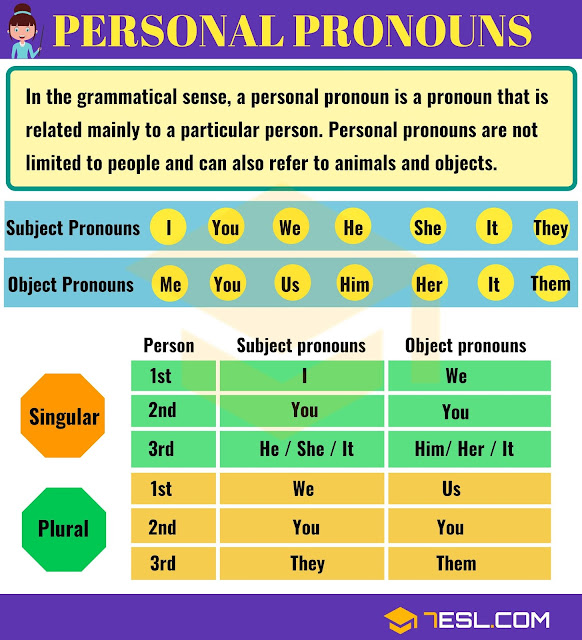Composition: Non-Chronological Report (Monday; 7/12)

K: Know the definition of report writing. U: Understand the features of report writing. D: Identify the features in a report. Words of the Day 1. Present tense 2. Formal English Non-Chronological Report Please refer your textbook, page 43 for today's lesson. A non - chronological report is a text which isn't written in time order. They are normally non -fiction texts which give information on a particular subject or event, without referring to the order in which things happen. There are 7 features of report writing: Quick note: Passive sentence is when the subject is acted on by the object. Passive sentence is where object is written first, then subject. Examples: Bananas (object) are adored by monkeys (subject) . The money (object) was counted by the cashier (subject) . The squirrel (object) was chased by the dog (subject) . You can refer to the orange box below as the skeleton to create your report. Can you identify the features in this report from text...













